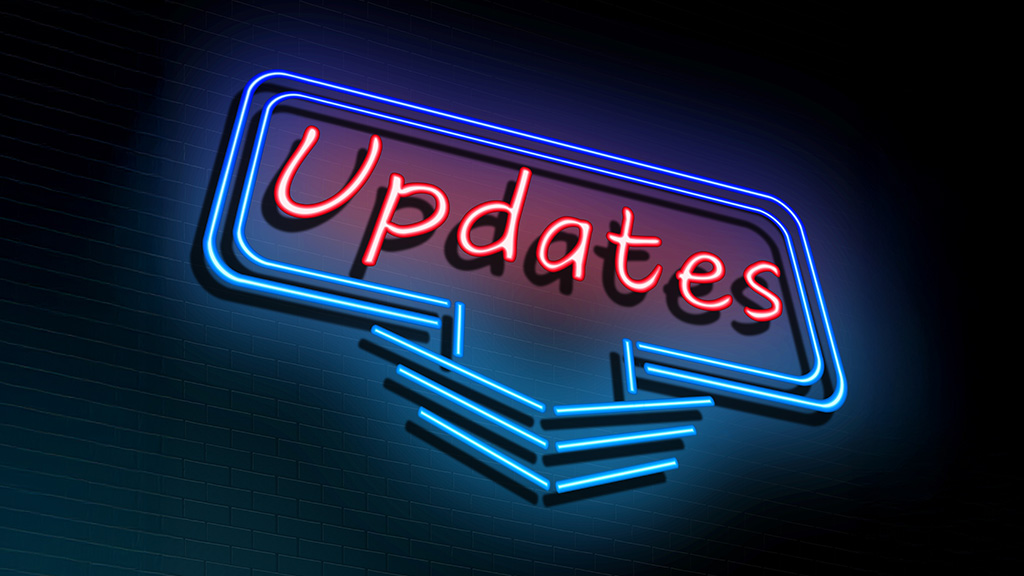As businesses rapidly migrate their workloads to the cloud, Microsoft Azure has emerged as a leading cloud platform powering digital transformation for enterprises worldwide. However, with the speed and scalability of Azure cloud services come new cybersecurity challenges.
While Microsoft Azure provides robust infrastructure-level protections, the shared responsibility model means that organizations remain accountable for securing their applications, data, identities, and access configurations within their Azure environment. This is where an Azure cloud security audit becomes essential, a critical process designed to identify vulnerabilities, ensure regulatory compliance, and maintain a strong security posture amid an evolving threat landscape.
Importance of a security audit: Why does it matter more than ever?
In today’s dynamic and complex cloud environments, cyber threats are becoming more advanced and persistent. Many organizations assume that Microsoft secures everything within Azure by default. This misconception leads to overlooked risks, including misconfigured resources, excessive permissions, outdated policies, and unencrypted sensitive data.
A comprehensive Azure security audit helps identify vulnerabilities across your cloud infrastructure. Without regular audits, these hidden risks can go unnoticed, increasing the likelihood of security breaches and compliance violations. Here’s why an Azure security audit is more important than ever:
Prevent costly data breaches
One of the most serious consequences of poor cloud security is a data breach. Weak access controls or improperly configured Azure storage accounts can expose sensitive customer, employee, or financial data. A breach can result in financial loss, legal complications, and erosion of customer trust.
Meet regulatory compliance requirements
Azure environments must comply with industry regulations such as GDPR, HIPAA, ISO 27001, and NIST. A lack of regular security assessments can result in non-compliance, leading to hefty fines and reputational damage. Security audits help validate your alignment with these standards and uncover gaps before regulators do.
Strengthen identity and access management
Unauthorized access resulting from compromised credentials or inadequate identity controls poses a significant security risk. Azure security audits assess your identity and access management setup, helping to enforce best practices such as multi-factor authentication (MFA) and role-based access control (RBAC) to prevent privilege escalation and unauthorized activity.
Detect and prevent hidden cost exploits
Unsecured Azure environments can be exploited for illicit activities such as crypto mining, resulting in unexpected spikes in cloud usage costs. Regular audits help detect such activities early and reduce unnecessary expenditures.
Reduce operational downtime
Security incidents, whether caused by DDoS attacks, malware, or human error, can result in significant downtime. This affects business continuity and violates SLAs. Azure security audits help you strengthen incident response plans and improve overall system resilience.
Further readings: Best practices for setting up a cloud security compliance framework












